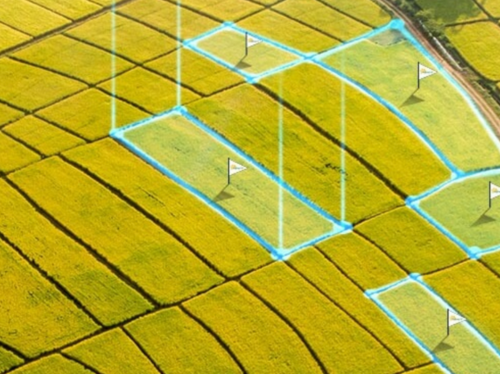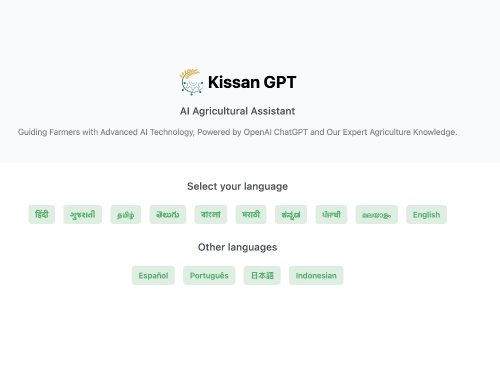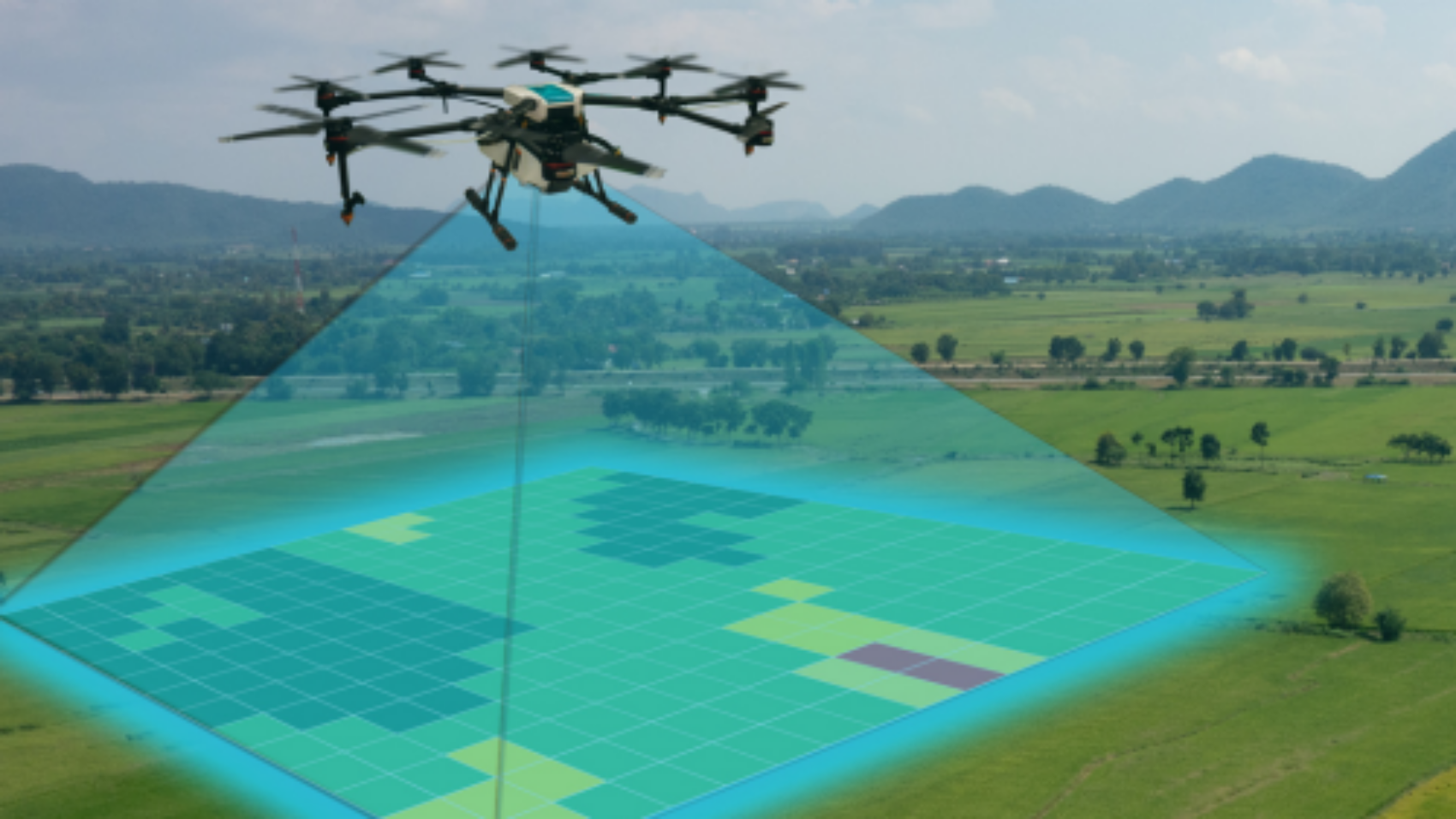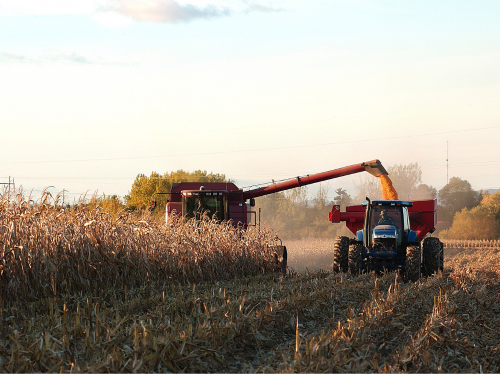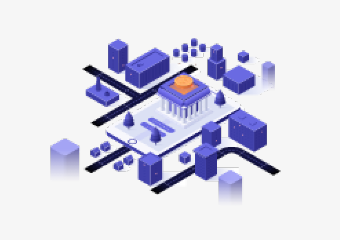
Robotic Process Automation (RPA) has emerged as a vital force driving digital transformation across industries. A study conducted in 2022 revealed that a significant 78 percent of organizations were actively implementing RPA, with an additional 16 percent planning adoption within the next three years.
So, what exactly is RPA? RPA is a software technology that enables the creation, deployment, and supervision of software robots capable of emulating human interactions with digital systems and software. These robots possess the ability to understand on-screen content, execute appropriate actions, navigate systems, extract data, and perform predefined tasks. The advantage of software robots lies in their ability to perform tasks quickly and consistently without interruptions or breaks.
RPA is fast and affordable; it operates on the user interface level which eliminates the need for complex back-end integration. Consequently, business processes accelerate, error rates significantly decrease, and employee engagement is enhanced. Moreover, costs are reduced, revenue grows, and the customer experience is elevated.
If you are wondering where this game-changing technology can be unleashed. The answer? Everywhere. RPA’s versatility knows no boundaries, infiltrating industries like finance, healthcare, manufacturing, and the public sector. It optimizes operations in domains ranging from finance and compliance to customer service and IT, leaving a trail of innovation in its wake.
The versatility of RPA enables its application in virtually any high-volume process driven by business rules. Additionally, RPA is increasingly used for cognitive processes that require advanced AI capabilities. In essence, RPA transcends boundaries, empowering organizations to optimize a wide range of operations and leverage its transformative potential.
What are some attractive features of RPA?
- Delegates repetitive and low-value tasks to software robots: RPA allows organizations to offload mundane, rule-based tasks to software robots, freeing up human employees to focus on more strategic and value-added activities. This leads to increased employee satisfaction and engagement.
- Revolutionizes work processes globally: RPA has the potential to transform work processes on a global scale. By automating various tasks and workflows, organizations can streamline their operations, improve efficiency, and achieve significant time and cost savings.
- Impacts activities such as system logins, file management, data extraction, form completion, and routine analysis: RPA can handle a wide range of activities across different systems and applications. It can perform tasks such as logging into systems, managing files, extracting data from various sources, completing forms, and conducting routine data analysis, among others.
- Engages in cognitive processes, including text interpretation, conversational interactions, comprehension of unstructured data, and the application of complex machine learning models: RPA is not limited to simple tasks. Advanced RPA solutions can leverage cognitive capabilities, such as natural language processing, to interpret and understand text, engage in conversations with users or customers, comprehend unstructured data, and even apply complex machine learning models for predictive or analytical purposes.
- Increases efficiency and productivity by automating manual tasks: RPA eliminates manual intervention in repetitive tasks, leading to increased efficiency and productivity. Software robots can work tirelessly 24/7, ensuring tasks are completed faster and without errors.
- Reduces human errors and improves accuracy: Automation through RPA significantly reduces the likelihood of human errors. By following predefined rules and workflows, software robots perform tasks consistently and with a higher degree of accuracy, resulting in improved data quality and reduced rework.
- Allows employees to focus on higher-value, strategic tasks: By automating repetitive and time-consuming tasks, RPA enables human employees to focus on more strategic activities that require critical thinking, creativity, and decision-making. This enhances employee job satisfaction and enables them to contribute more effectively to the organization’s success.
- Enables faster and consistent execution of processes: RPA executes processes at a much faster pace compared to manual execution. Moreover, it ensures consistent execution of tasks following predefined rules and standards, leading to improved process efficiency and reliability.
- Enhances scalability and agility in adapting to changing business needs: RPA provides scalability by allowing organizations to easily scale up or down their automation efforts based on business needs. It enables quick adaptation to changing process requirements or market demands, allowing businesses to remain agile in a dynamic environment.
- Provides cost savings by reducing labour costs: By automating tasks that were previously performed by human employees, RPA reduces labour costs associated with repetitive and low-value work. Organizations can achieve significant cost savings by deploying software robots to handle such tasks, leading to a positive impact on the bottom line.
- Facilitates compliance with regulations and standard operating procedures: RPA can enforce adherence to regulations and standard operating procedures by ensuring consistent execution of tasks, capturing detailed logs of activities, and providing audit trails. This promotes compliance, reduces the risk of errors or omissions, and facilitates regulatory reporting and monitoring.
- Improves customer experiences through faster response times and improved accuracy in data handling: RPA enables organizations to respond to customer inquiries or requests more quickly and accurately. Software robots can retrieve and process data rapidly from multiple systems, leading to faster query resolution and improved customer satisfaction.
- Supports decision-making by providing accurate and timely insights from data analysis: RPA can analyse large volumes of data efficiently and provide valuable insights for decision-making purposes. By automating data collection, aggregation, and analysis, RPA enables organization.
Why jump on the RPA bandwagon?
Offloading repetitive tasks to robots liberates human workers to focus on their strengths and passions, such as innovation, collaboration, creativity, and customer interactions. This shift not only benefits individuals but also enhances enterprise productivity, efficiency, and resilience. Undoubtedly, RPA is reshaping the narrative of work with its transformative impact.
Employees find it effortless to incorporate robotic assistants into their daily work routines, thanks to RPA’s low-code approach that allows them to become citizen developers, building their own simple automations.
From a financial perspective, RPA investments offer rapid return on investment (ROI) with minimal upfront spending, distinguishing it from other enterprise technologies. RPA implementation causes minimal disruption, as software robots seamlessly integrate with legacy systems, making RPA a crucial enabler of digital transformation. Additionally, modern RPA platforms offer scalability and enterprise-ready capabilities.
In conclusion, RPA has unlocked immense potential as a catalyst for digital transformation, providing organizations with the means to optimize processes, enhance productivity, and leverage advanced AI capabilities. Its versatile nature and ease of implementation have made it a powerful tool across industries, rewriting the way work is accomplished and driving innovation at scale. RPA: A Force that is Revolutionising Industries and Work Processes.








